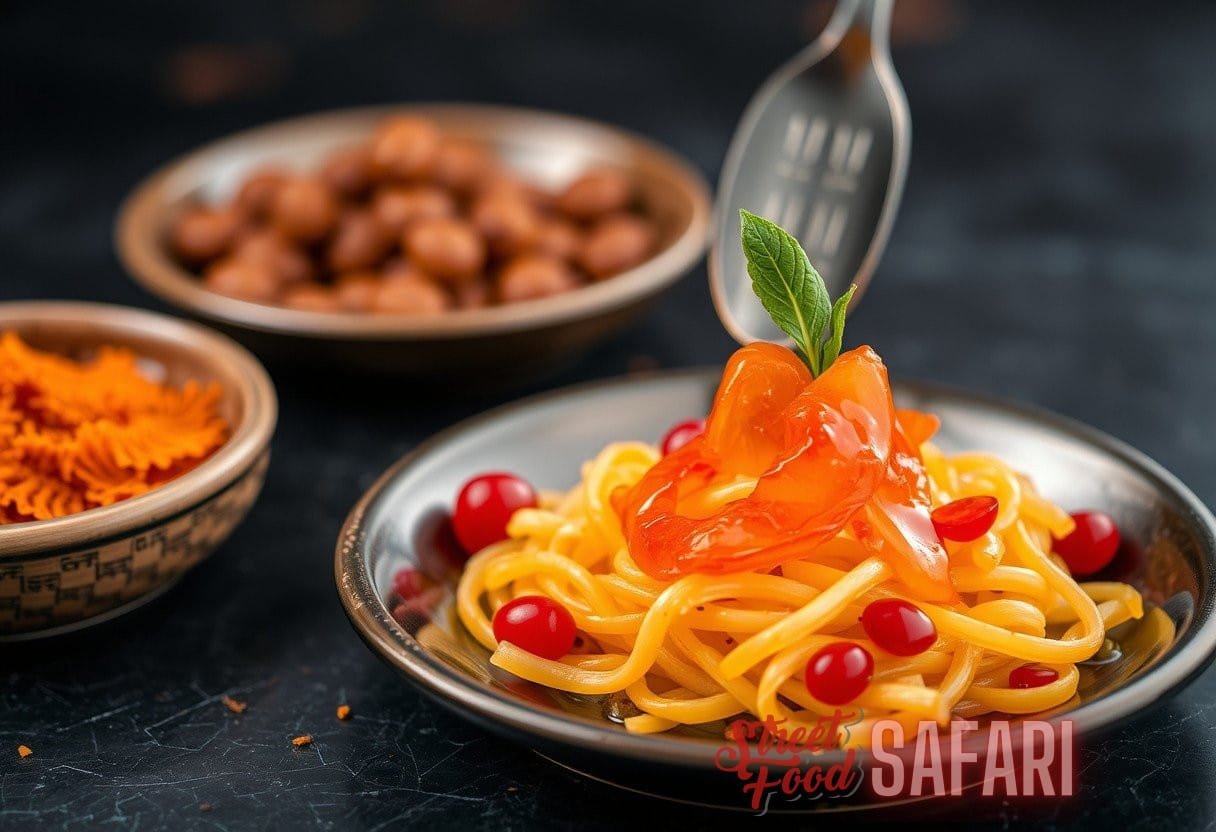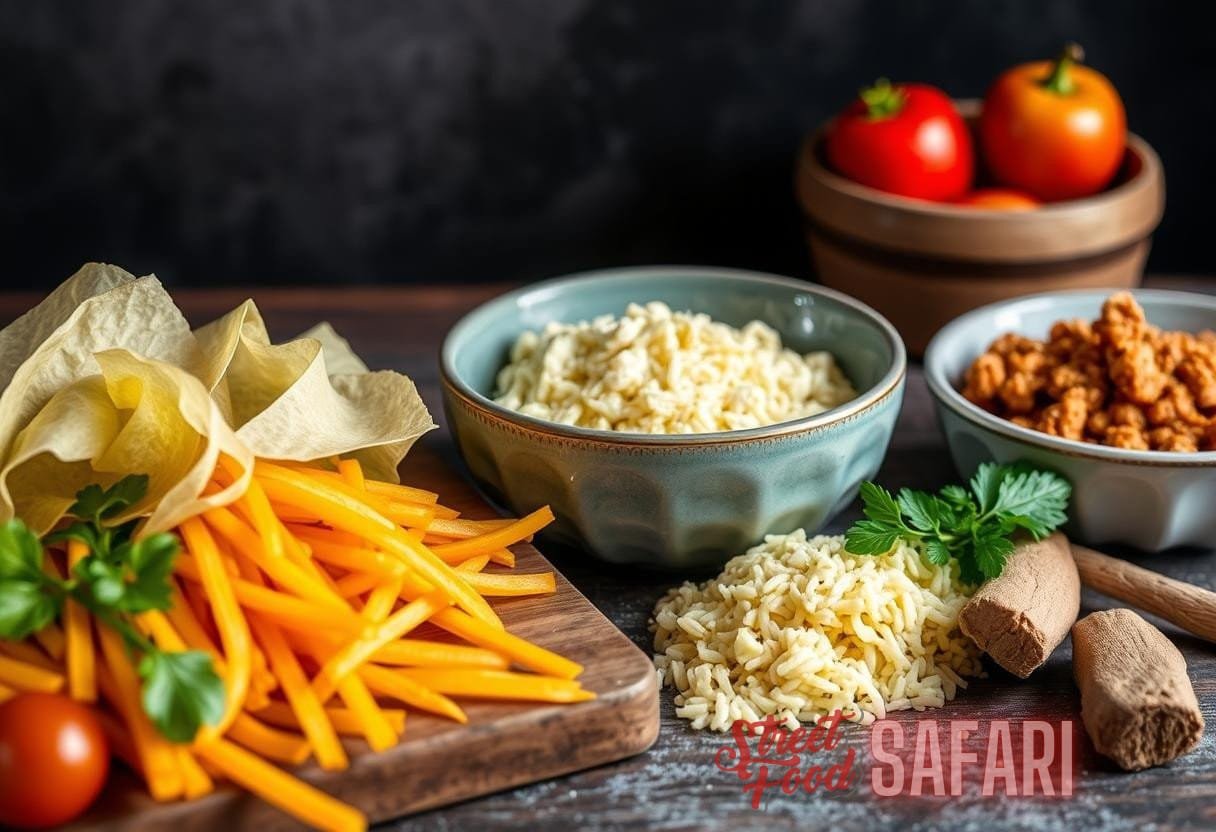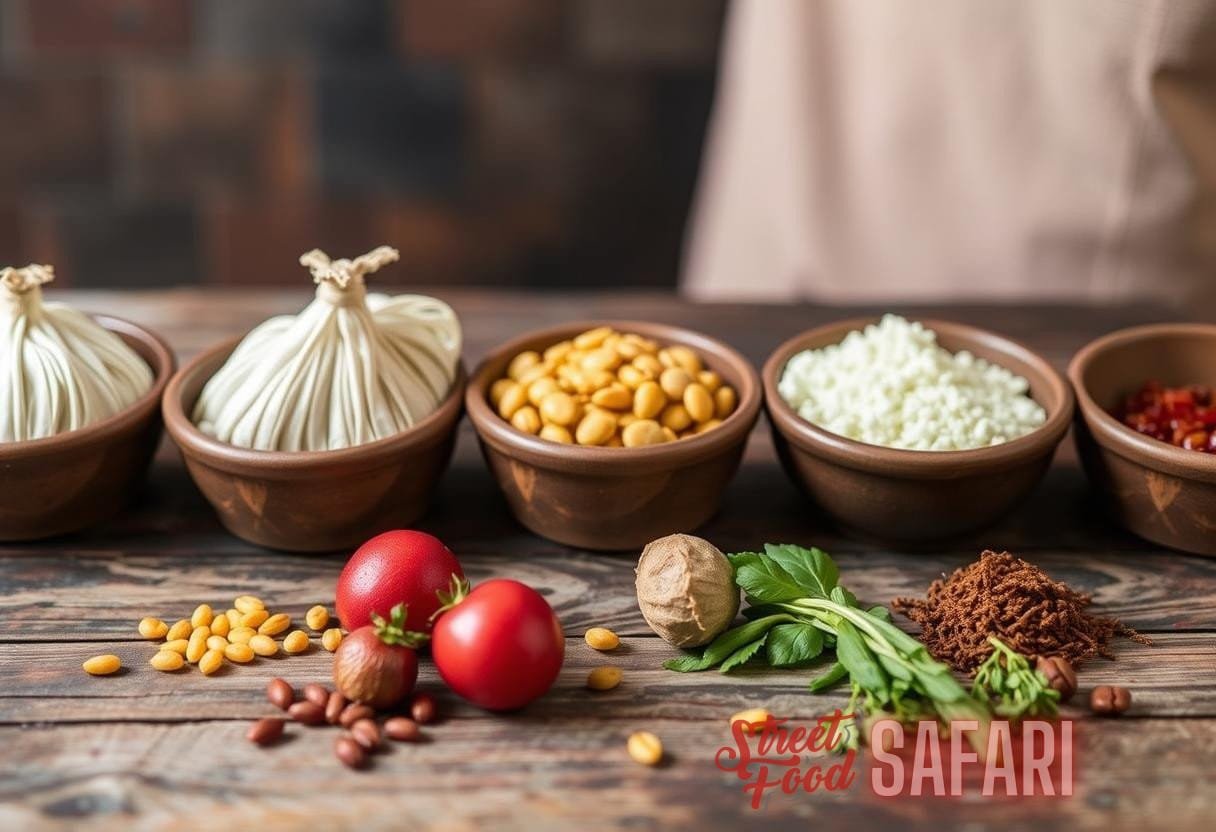Exploring Flavor Evolution: The Intersection of Tradition and Science in Local Culinary Practices
The culinary landscape is a constantly evolving tapestry, woven from the threads of history, culture, and scientific innovation. At the heart of this evolution lies the concept of flavor innovation. The exploration of local delicacies often reveals how traditional practices blend with modern science to create unique taste experiences. In this comprehensive examination, we will delve into the factors driving flavor evolution, highlighting the traditional practices that have stood the test of time, while also showcasing the impact of scientific advancements on local culinary practices.
The Foundation of Flavor: Tradition Meets Science
Flavor is not merely about taste; it encompasses aromas, textures, and even appearances of food. Traditional methods have been foundational in shaping the culinary practices that define various cultures. These methods, passed down through generations, often employ natural ingredients and techniques but can benefit greatly from scientific insights. Here is how tradition influences flavor:
- Ingredient selection: The choice of locally sourced ingredients enhances the authenticity and flavor profile of dishes.
- Culinary techniques: Methods such as fermentation, smoking, and drying not only preserve food but enrich flavor. For example, traditional Japanese miso paste results from fermentation, which adds depth to dishes.
- Regional influences: Culinary practices are often influenced by geographical and climatic conditions, which dictate the availability of ingredients. Consider Mediterranean cuisine, where an abundance of olive oil and fresh herbs define the flavor landscape.
In contrast, scientific advancements facilitate the understanding and manipulation of these foundational elements in innovative ways. Advances in food technology and culinary research have opened up exciting pathways for flavor innovation. This synergy has resulted in the development of new cooking techniques, ingredient enhancement, and a deeper understanding of flavor profiles.
Scientific Innovations and Culinary Creations
One of the most significant advancements in culinary science is the study of flavor compounds and their interactions. For instance, research has shown that the Maillard reaction, a chemical reaction between amino acids and reducing sugars that gives browned foods their distinctive flavor, can be manipulated to enhance flavor depth in local dishes. Chefs today experiment with this process, applying various heat levels to achieve layers of flavor in the same dish.
Techniques such as molecular gastronomy have also emerged, which combines cooking with scientific exploration to transform textures and flavors. Scientists and chefs work together to create dishes that defy traditional culinary expectations, employing techniques like spherification that bursts with flavor during consumption.
- Flavor pairings: Understanding how different ingredients interact on a molecular level allows chefs to create harmonious and unexpected flavor combinations. For example, the classic pairing of peanut butter and chocolate is rooted in their complementary flavor compounds.
- Food preservation: Techniques like vacuum sealing can maintain the flavor integrity of ingredients and allow for more prolonged storage, which supports both local businesses and sustainable practices.
- Fermentation science: As previously noted, fermentation has seen a renaissance, with trends like kombucha and kimchi gaining popularity. Studies reveal how controlled fermentation can create probiotic-rich foods that also enhance flavor complexity.
Case Studies: Local Delicacies and Flavor Evolution
To understand the intersection of tradition and science, it is vital to explore specific case studies of local delicacies. This provides a clearer picture of how flavor innovation manifests in real-world practices:
1. The Rise of Craft Beer in the United States
The craft beer movement illustrates the blend of tradition and scientific exploration. Small breweries across the U.S. not only revive ancient brewing techniques but also incorporate modern technologies to innovate flavors:
- Tradition: Many craft brewers draw inspiration from historical recipes and local ingredients.
- Innovation: Microbreweries often experiment with hops and fermentation strains, leading to unique flavors.
- Community involvement: Many breweries engage local farmers to source ingredients, merging local flavors with innovative brewing.
The result is a diverse beer landscape where flavor profiles range widely, enriched by cultural histories and scientific understanding. Popular styles like IPAs often boast bold, hoppy profiles achieved through careful selection and treatment of raw ingredients.
2. The Evolution of Traditional Fermented Foods
From kimchi in Korea to sauerkraut in Germany, traditional fermented foods reveal the benefits of culinary heritage fused with biotechnology. Fermentation is a prime example of ancient methods amplified through scientific inquiry:

- Control of fermentation: Modern techniques allow for precise temperature and pH control, enhancing flavor and safety.
- Diversity of flavors: Provenance impacts flavors; for instance, different soils yield distinct vegetables, which can significantly alter the final taste of kimchi.
- Health benefits: Recent studies suggest that fermented foods boast probiotics that promote gut health, leading to renewed interest in these traditional practices.
Incorporating these traditional fermented foods into contemporary diets illustrates the effective blending of tradition and scientific innovation in everyday culinary practices.
The Role of Globalization in Flavor Evolution
Globalization has significantly impacted local culinary practices, facilitating a cross-pollination of flavors and techniques from diverse cultures. This rapid exchange leads to interesting trends in flavor innovation:
- Fusion cuisine: Restaurants often combine elements from different culinary traditions, effectively creating new dishes. A prime example is the popularity of Korean BBQ tacos.
- Ingredient availability: The global trade of spices and produce allows chefs to experiment with a broader palette of flavors, enabling unique culinary creations.
- Consumer trends: Increasing exposure to international cuisines encourages culinary exploration and openness to new flavor experiences.
The blending of global culinary practices has resulted in new dishes that challenge traditional definitions of cuisine while contributing to local flavor evolution. For further insights into regional variations of fusion cuisine, check out our article on Regional Variations in Global Cuisine.
The Impact of Sustainability on Flavor Innovation
As culinary practices evolve, so does the awareness regarding sustainability in food production. This shift towards sustainable practices has significant implications for both flavor and innovation:
- Local sourcing: Chefs are increasingly prioritizing local ingredients, which are often fresher and imbued with regional flavors. This focus on local produce can lead to unique culinary experiences that vary by season.
- Waste reduction: Sustainable practices encourage the full utilization of ingredients, which can lead to innovative uses of food parts traditionally discarded. For example, carrot tops can be transformed into pestos that enhance flavor in unexpected ways.
- Green technologies: Innovations such as hydroponics and vertical farming allow chefs to grow their own ingredients, ensuring freshness while mitigating environmental impact significantly.
By addressing sustainability, culinary professionals can create dishes that are not only robust in flavor but also align with contemporary values regarding food sourcing and environmental responsibility.
Consumer Trends Influencing Flavor Innovation
Today’s consumers are increasingly knowledgeable about food, driven by a desire for authenticity, health, and sustainability. This consumer awareness influences culinary practices and promotes ongoing flavor innovation:
- Health-conscious choices: There is a growing demand for clean-label foods and plant-based options, prompting chefs to rethink traditional recipes to accommodate dietary preferences.
- Experience over product: Consumers are increasingly seeking experiential dining, which encourages culinary professionals to innovate with flavors that tantalize the senses and create memorable meals.
- Craftsmanship and storytelling: Consumers are drawn to the stories behind food products, leading chefs to highlight the artisanal aspects and sourcing of ingredients in their culinary creations.
This evolving consumer landscape necessitates that culinary professionals remain agile, adapting to new demands and opportunities for collaboration, innovation, and creativity.
Conclusion: A Culinary Spectrum of Tradition and Innovation
The dynamic interplay between tradition and science underpins the ongoing evolution of flavor in local culinary practices. As chefs and food scientists collaborate, they unlock new layers of taste experiences, reflecting both local heritage and modern innovations. Whether it’s through the resurgence of traditional techniques, leveraging scientific advancements, or adapting to consumer trends, the culinary world remains vibrant and rich with possibilities for flavor innovation. For an exploration of how to incorporate these principles into everyday cooking, be sure to explore our guide on Cooking with Flavor Innovation.



